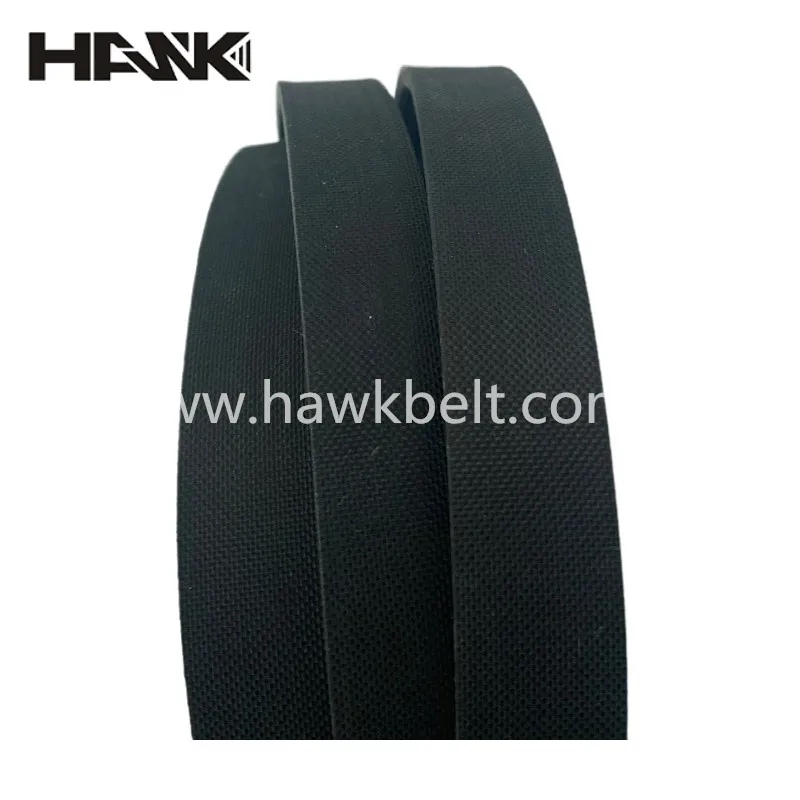- Arabic
- French
- Russian
- Spanish
- Portuguese
- Turkish
- Armenian
- English
- Albanian
- Amharic
- Azerbaijani
- Basque
- Belarusian
- Bengali
- Bosnian
- Bulgarian
- Catalan
- Cebuano
- Corsican
- Croatian
- Czech
- Danish
- Dutch
- Afrikaans
- Esperanto
- Estonian
- Finnish
- Frisian
- Galician
- Georgian
- German
- Greek
- Gujarati
- Haitian Creole
- hausa
- hawaiian
- Hebrew
- Hindi
- Miao
- Hungarian
- Icelandic
- igbo
- Indonesian
- irish
- Italian
- Japanese
- Javanese
- Kannada
- kazakh
- Khmer
- Rwandese
- Korean
- Kurdish
- Kyrgyz
- Lao
- Latin
- Latvian
- Lithuanian
- Luxembourgish
- Macedonian
- Malgashi
- Malay
- Malayalam
- Maltese
- Maori
- Marathi
- Mongolian
- Myanmar
- Nepali
- Norwegian
- Norwegian
- Occitan
- Pashto
- Persian
- Polish
- Punjabi
- Romanian
- Samoan
- Scottish Gaelic
- Serbian
- Sesotho
- Shona
- Sindhi
- Sinhala
- Slovak
- Slovenian
- Somali
- Sundanese
- Swahili
- Swedish
- Tagalog
- Tajik
- Tamil
- Tatar
- Telugu
- Thai
- Turkmen
- Ukrainian
- Urdu
- Uighur
- Uzbek
- Vietnamese
- Welsh
- Bantu
- Yiddish
- Yoruba
- Zulu
11월 . 21, 2024 01:12 Back to list
poly v-belt ribbed belt
Understanding Poly V-Belt and Ribbed Belts Their Roles and Applications
In modern mechanical systems, the efficiency and reliability of power transmission are critical. Among the components that facilitate this transmission are various types of belts, with the poly V-belt and ribbed belts standing out due to their unique characteristics and applications. This article explores the structure, advantages, uses, and maintenance tips for poly V-belts and ribbed belts.
What is a Poly V-Belt?
The poly V-belt, also known as a multi-ribbed belt, is a type of belt consisting of multiple ribs arranged parallel to each other. It is designed to fit into a corresponding grooved pulley, which allows for efficient power transmission with minimal slippage. The design enhances the contact surface area between the belt and the pulley, providing superior grip and allowing for the transfer of more power compared to traditional V-belts.
Poly V-belts are commonly made from high-strength rubber, reinforced with fibers such as polyester or aramid, to enhance durability and flexibility. Their design enables them to transmit power across multiple axes, making them suitable for various applications, including automotive engines, industrial machinery, and household appliances.
Advantages of Poly V-Belts
1. High Efficiency One of the most significant advantages of poly V-belts is their efficiency in power transmission. The multi-ribbed design ensures optimal contact with the pulley, minimizing energy losses due to slippage.
2. Compact Design The narrow structure of poly V-belts allows for a more compact layout in machinery, making them ideal for applications where space is limited.
3. Reduced Noise Poly V-belts operate more quietly than traditional belts due to their design, resulting in less vibration and strain on machinery components.
4. Versatility They are used in a wide range of applications, from automotive to industrial machinery, showcasing their adaptability to various environments and requirements.
5. Longevity With proper maintenance, poly V-belts can have a long operational life, reducing the need for frequent replacements.
What is a Ribbed Belt?
Ribbed belts, often synonymous with poly V-belts, typically refer to the same type of belt characterized by multiple longitudinal ribs. These belts are specifically designed to fit into pulleys with corresponding grooves. The ribbed outer surface enhances grip and allows for larger loads to be transmitted while maintaining flexibility.
Applications of Ribbed Belts
poly v-belt ribbed belt

Ribbed belts are widely used in various applications, including
1. Automobiles They are primarily used in serpentine belt systems to drive multiple accessories, such as alternators, power steering pumps, air conditioning compressors, and water pumps.
2. Industrial Equipment In manufacturing and other industrial settings, ribbed belts are used in conveyors and machinery that require efficient power transmission with minimal slippage.
3. Home Appliances Many household appliances, such as refrigerators, washing machines, and vacuum cleaners, utilize ribbed belts for their compact size and efficient power delivery.
Maintenance Tips for Poly V-Belts and Ribbed Belts
To ensure the longevity and efficiency of poly V-belts and ribbed belts, proper maintenance is essential. Here are some tips
1. Regular Inspection Periodically check the belts for signs of wear, cracks, or fraying. Early detection can prevent unexpected failures.
2. Check Tension Proper tension is crucial for optimal performance. Use a tension gauge to ensure that the belt is neither too loose nor too tight.
3. Cleanliness Keep the belt and pulleys clean. Dirt and debris can cause slippage and wear, reducing the lifespan of the belt.
4. Alignment Ensure that pulleys are correctly aligned. Misalignment can lead to uneven wear and premature failure of the belt.
5. Follow Manufacturer Guidelines Always adhere to the manufacturer's specifications regarding installation, tension, and maintenance intervals.
Conclusion
Poly V-belts and ribbed belts are crucial components in various mechanical systems, offering efficiency, space-saving designs, and versatility across numerous applications. By understanding their functions and implementing proper maintenance practices, users can ensure optimal performance and longevity, ultimately enhancing the overall reliability of their machinery. As technology advances, the role of these belts is likely to evolve, further cementing their importance in power transmission systems.
-
Korean Auto Parts Timing Belt 24312-37500 For Hyundai/Kia
NewsMar.07,2025
-
7PK2300 90916-T2024 RIBBED BELT POLY V BELT PK BELT
NewsMar.07,2025
-
Chinese Auto Belt Factory 310-2M-22 For BMW/Mercedes-Benz
NewsMar.07,2025
-
Chinese Auto Belt Factory 310-2M-22 For BMW/Mercedes-Benz
NewsMar.07,2025
-
90916-02660 PK Belt 6PK1680 For Toyota
NewsMar.07,2025
-
drive belt serpentine belt
NewsMar.07,2025

